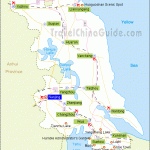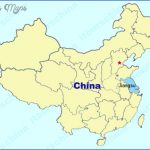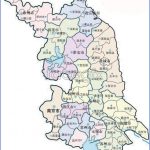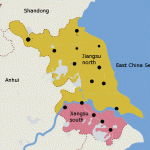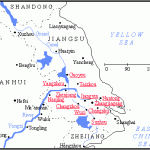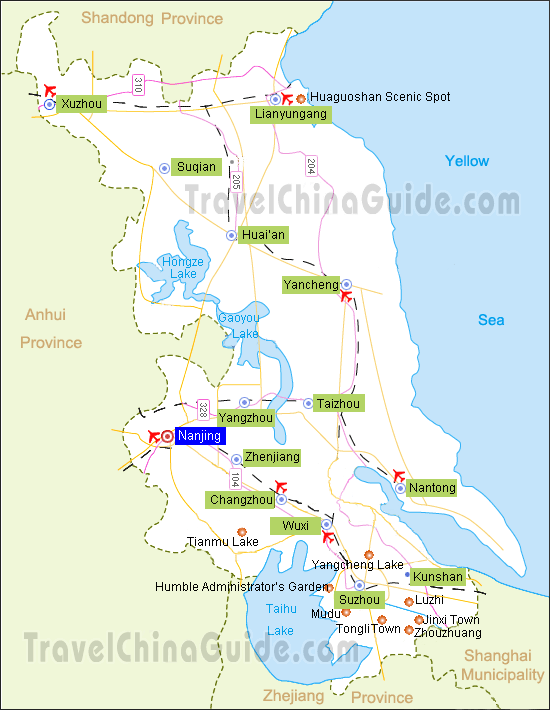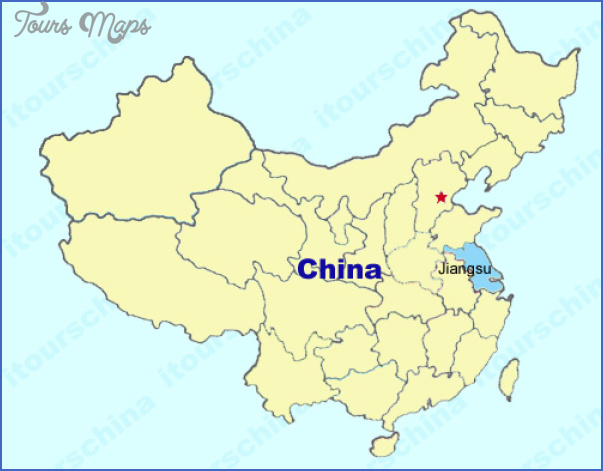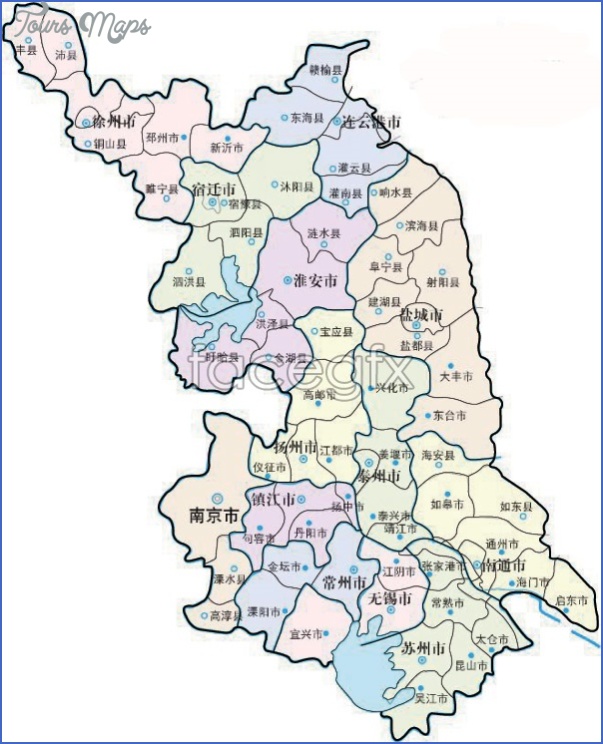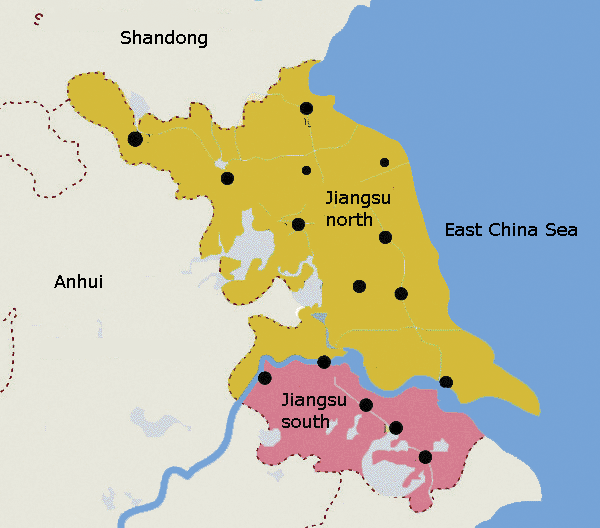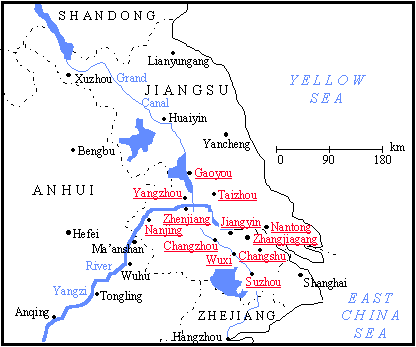Area: 102,600sq.km/39,600sq. miles Population: 68,440,000. Capital: Nanjing
Jiangsu extends along the east coast of China, around the lower course of the Changjiang. It lies between 116°21′-121°54’E and 30°46′-35°08’N.
17% of the surface area of the province is taken up with waterways and lakes, while the rest consists of plains broken up by isolated hills. The region includes the low-lying alluvial plain of the Changjiang and the old estuarial area of the Huanghe (diverted in 1863), a flat coastal region criss-crossed by canals. The mud brought down by the two rivers has in the course of thousands of years pushed the coast several kilometres out to sea, at the same time causing the formation of large lakes (Taihu, Gaoyou Hu, Hongze Hu).
The climate shows considerable variations: while the south has a moist temperate climate, the north is cooler. The annual rainfall, which decreases as one goes northwards, is about 1000mm/39in. In summer and autumn the area is subject to typhoons.
Up until the 6th c. b.c. the region belonged mainly to the Wu Kingdom. When the Mongols conquered northern China in the 12th c., the Song dynasty fled to the south, causing south Jiangsu to develop into an economic, cultural and political centre. The province, whose name is derived from its two prefectures, Jiangning and Suzhou, was set up in 1667 by the
Kangxi Emperor of the Qing dynasty. Between 1839 and 1842 the English advanced into the Changjiang delta area and during the Japanese War (1931-45) Japan occupied Jiangsu, which suffered considerable damage as a result.
Since 1949, besides the traditional textile and food industries, machine engineering, motor vehicle and chemical industries have also gained prominence. In the agricultural sector vegetables, cereals, cotton and rape should be mentioned. In addition salt is extracted in the coastal region. Wuxi and Suzhou are centres of silk production, which has made Jiangsu famous both in China and abroad.
Visitors will find the following of particular interest: Nanjing, Changzhou, Huai’an, Lianyungang, Suzhou, Wuxi, Xuzhou, Yixing and Zhenjiang (see individual entries).
Jiangsu Map Photo Gallery
Maybe You Like Them Too
- The Best Cities To Visit in The World
- World’s 10 Best Places To Visit
- Coolest Countries in the World to Visit
- Travel to Santorini, Greece
- Map of Barbados – Holiday in Barbados

